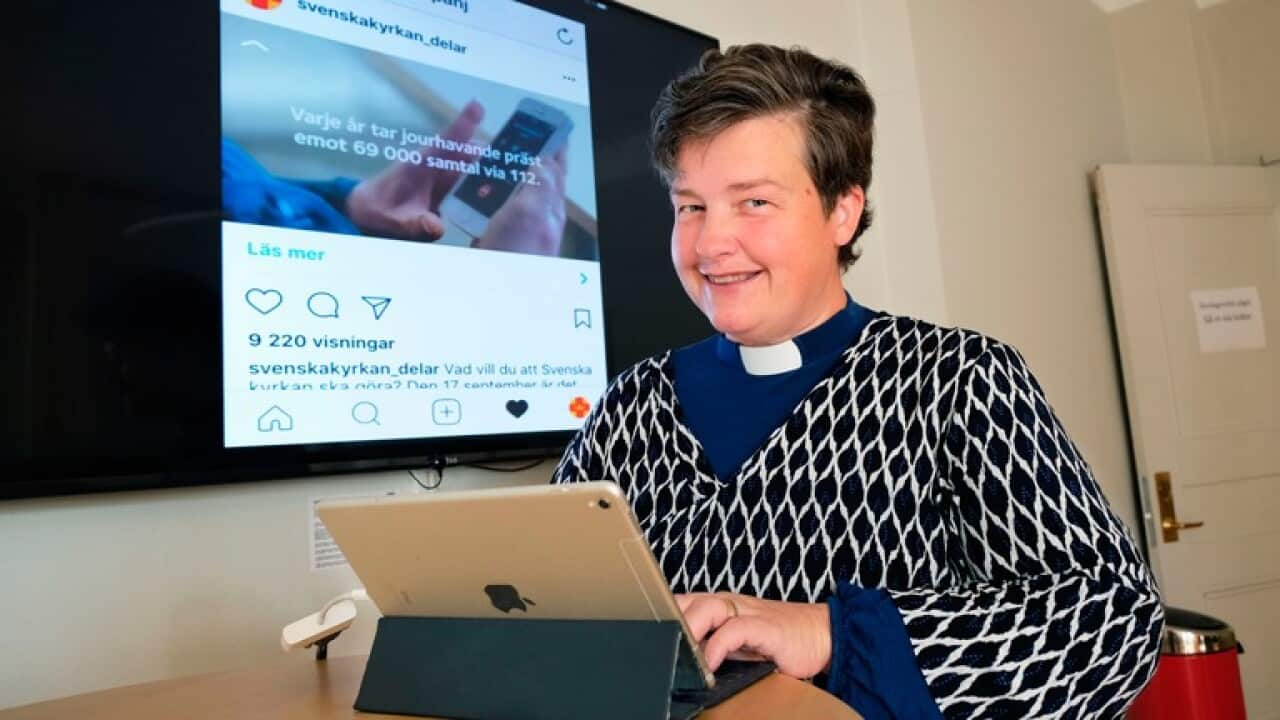South Korea and Australia, countries heralded for controlling initial coronavirus outbreaks, are grappling with the management of so-called “second waves.”
At the beginning of the pandemic, South Korea was panned as one of the worst-hit. Cases escalated in its capital, with most linked to a cluster from a religious group.
The South Korean government was very quick to establish widespread testing and contact tracing, as well as lockdowns.
“They tested very widely to identify every possible case...they showed that if you vastly expand your testing capacity it can make a big difference to disease control,” said Professor Raina MacIntyre, Head of the Biosecurity Program at the University of NSW.
Australia’s main tool for the successful early control of the outbreak was border closures, explains professor MacIntyre, as most of our cases were linked to international arrivals with a lower rate of community transmission.
“In Australia, the biggest impact was the closure of the borders.”
Later, the government followed South Korea’s lead with widespread testing and restrictions.

Cumulative COVID-19 tests from February 23 in South Korea and Australia. Source: Our World in Data
Contact tracing
It was in these initial outbreaks that a difference between the two nations emerged that would affect how later outbreaks would be managed.
The Australian government released a contact tracing app using Bluetooth, but its slow uptake means it . South Korea deployed digital and ‘shoe-leather’contact tracing that is far more expansive. It includes tracking apps paired with CCTV footage, travel and medical records and credit card transaction information.
This comprehensive system was born from after the botched management of the Middle East Respiratory Syndrome (MERS) in 2015. Korea’s Center for Disease Control and Prevention (KCDC) is nowinformation on the whereabouts of those infected, without publishing their identity.
This method of contact tracing has been labelled as invasive, even attracting the ire of which called for stronger measures to protect the privacy of individuals.
Australia continues to rely solely on the arm-strength of contact tracers managed by each state government. They use the information provided by individuals diagnosed, as well as details provided venues required to register their patrons.
“Digital contact tracing is important, particularly when you look at the situation in Victoria. In every case of COVID-19, you might have 20 to 25 contacts to trace. So with over 500 new cases that’s around 13,000 contacts to trace, and that’s when a digital app really comes in handy,” she said.
“You need digital contact tracing when you have a large epidemic.”
'The second wave'
In late June, South Korea announced KCDC director Jeong Eun-kyeong said it had become clear that a holiday weekend in early May marked the beginning of a new wave of infections.
"In the metropolitan area, we believe that the first wave was from March to April as well as February to March," Mr Jeong said.
"Then we see that the second wave which was triggered by the May holiday has been going on." In June, experts pointed to “imported cases” as one of the main contributing factors to increasing numbers in the country. Around 16 infected workers on cargo ship that docked in South Korea came into contact with around 200 people, triggering a spike.
In June, experts pointed to “imported cases” as one of the main contributing factors to increasing numbers in the country. Around 16 infected workers on cargo ship that docked in South Korea came into contact with around 200 people, triggering a spike.

Daily new confirmed cases of coronavirus in South Korea and Australia. Source: Our World in Data
This week, South Korea reported in 24 hours, its first daily jump over 100 in nearly four months. The KCDC said 86 of the new cases were linked to international arrivals while the other 27 were local transmissions.
“This is different from what’s happening in Victoria,” said Professor MacIntyre.
Australia is experiencing “full-blown” community transmission, according to Professor MacIntyre. South Korea’s second wave may be more controllable, as a consequence. Large numbers in Melbourne have created an, who don’t have a fraction of the tracing arsenal as those in South Korea.
Second, third, fourth waves should be expected until a vaccine is distributed, explains Professor MacIntyre.
“Without a vaccine, most people are susceptible to the virus. All you need is one person to breach quarantine to set it off in the community, it can happen anywhere in Australia.”
Until then, social distancing, hygiene, border control and contact tracing will be the tools relied on by not only South Korean and Australian governments but governments around the world.
“It shows how quickly it can get out of hand and we don’t have a lot available to us to control it.”
“If one of those measures fail, all of them can fail.”
More from Dateline:

North Korea thinks he brought COVID-19. The South wanted to arrest him
For more COVID-19 information in Korean language, visit SBS Korean
People in Australia must stay at least 1.5 metres away from others. Check your state’s restrictions on gathering limits.
If you are experiencing cold or flu symptoms, stay home and arrange a test by calling your doctor or contact the Coronavirus Health Information Hotline on 1800 020 080. News and information is available in 63 languages at




